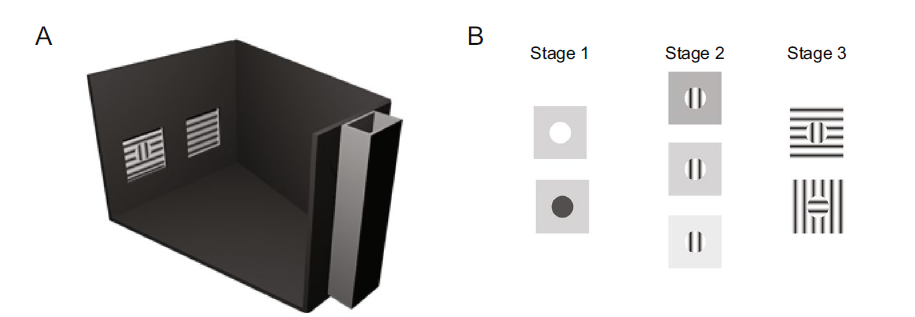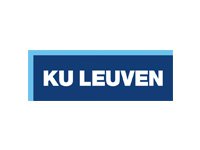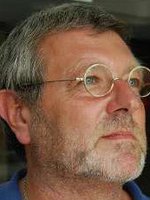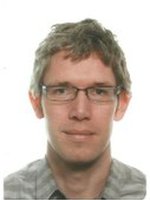CHAMPMouse
Project description
An important task of the visual system of an animal is to segregate and recognize objects and other animals in the continuous stream of inputs to the eye. This process is crucial. Is the other animal valuable or does it pose a risk? What are these landmarks and can they be used for navigation? We will develop a task for mice that allows us to study the brain processes that segregate an object from the background. The animal will report whether it perceives an object in a visually cluttered scene.

Figure-ground perception in mice. (A) Schematic of the setup for the behavioral experiment, with a feeding box on the right and two touch screens on the left. (B) The mouse had to choose between a stimulus with a circle (the figure) and a homogeneous display without a circle. Reward was given if the animal chose the stimulus with the figure. During stage 1 of the training process, the mice saw circles that were either lighter or darker than the background. During stage 2 we presented a grating stimulus on a homogeneous background and during stage 3 we included grating figures superimposed on a background with the orthogonal orientation.
Objectives
Using a combination of wide-field calcium imaging and electrophysiology, we will map the neuronal correlates of visual perception and image segmentation across the visual areas in the brain, including the visual cortex, the visual thalamus and the superior colliculus, at a mesoscopic and microscopic single cell level. When we have created an atlas of the strength and latencies of these figure-ground segregation signals, we will select areas which show diverse correlates to the segregation at a single cell level to study the cell type specificity of the responses using two-photon calcium imaging.
Collaboration with HBP
We will also interfere with processing in a selected number of areas using optogenetic tools to determine which areas merely correlate with the figure-ground segregation and which areas are essential for performing the task. Finally, using the public anatomical maps that are constantly increasing in resolution and extent, and the maps being constructed by the HBP, we will use all the neural activity from the mesoscopic and microscopic scales during task performance and from resting periods to construct a detailed model of the functional connectivity between the mapped visual areas. This will result in a wiring diagram of the brain areas involved in mouse visual perception and texture segregation.
Partnering Organisations



Biography

Alexander Heimel (Project Coordinator)
J. Alexander Heimel is group leader at the Netherlands Institute for Neuroscience. He and his team investigate the mouse visual system to better understand the cerebral cortex and its interplay with other areas in the brain. Among the techniques, they employ are in vivo electrophysiology, optogenetics, imaging and computational modeling. Heimel has a PhD in Applied Mathematics from King's College London and was introduced in experimental neurobiology as a postdoctoral fellow at Brandeis University in the US, where he studied the visual system of the squirrel. He returned to the Netherlands to study plasticity in the mouse visual system at the NIN, where he later became group leader.

Gustavo Deco is Research Professor at the Institucio Catalana de Recerca i Estudis Avançats. He is also Full Pofessor (Catedrático) at the Pompeu Fabra University (Barcelona), where he is also the head of the Computational and Theoretical Neuroscience Group and Director of the Center of Brain and Cognition. He received his Ph.D. degree in Physics in 1987 (National University of Rosario, Argentina). In 1997, he obtained his habilitation (academic degree in Germany) in Computer Science (Dr. rer. nat. habil.) at the Technical University of Munich for his thesis on Neural Learning. In 2001, he received his PhD in Psychology (Dr. phil.) for his thesis on Visual Attention at the Ludwig Maximilian University of Munich. He headed the Computational Neuroscience Group at the Siemens Corporate Research Center in Munich from 1990 to 2003

Hans Op de Beeck is Professor in the Faculty of Psychology and Educational Sciences of the University of Leuven (KU Leuven), and a member of the Laboratory of Biological Psychology (LBP) and the research unit on Brain and Cognition. He is interested in the neural mechanisms underlying intelligent behaviour and associated mental faculties such as visual perception, learning, and visuospatial navigation. He obtained a master's degree (1999) and a Ph.D. degree (2003) in Psychology in Leuven, under the supervision of Johan Wagemans and Rufin Vogels. During many years (PhD research and Postdoc years), Hans received fellowships from the Fund for Scientific Research (FWO) Flanders. Other support awarded includes a long-term fellowship and a career development award of the international Human Frontier Science Program (HFSP), an honorary fellowship of the Belgian-American Educational Foundation (BAEF), the prize of the research council Leuven in 2008, and laureate (2012) of the Royal Flemish Academy of Belgium (KVAB). He is also a member of the "Jonge Academie" of Belgium.
Publications
Schnabel UH, Bossens C, Lorteije JAM, Self MW, Op de Beeck H, Roelfsema PR. Figure-ground perception in the awake mouse and neuronal activity elicited by figure-ground stimuli in primary visual cortex. Sci Rep. 2018 Dec 12;8(1):17800. doi: 10.1038/s41598-018-36087-8.
Key facts
Time frame: 2015 to 2019
Origin: 2015 FLAG-ERA Joint Transnational Call
Funding: NOW (NL), FWO (BE), MINECO (ES)



